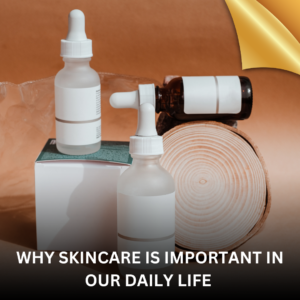KNOW YOUR SKIN TONE AND UNDERTONE
When it comes to finding a new lipstick or a foundation shade, we are usually drawn to its colour first. It’s very common to love a color at a beauty counter but not at home. Much of this has to do with your skin’s undertone. This refers to the natural colors underneath the surface of your skin. Understanding your skin’s undertone is key to finding the right foundation and choosing the best color palettes. Remember, your personal preference is more important than what a color chart suggests. You should ultimately wear the shade you feel happiest in.
WHAT ARE THE DIFFERENT UNDERTONES?
There are 3 traditional undertones:
- Warm-warm undertones range from peach to yellow and golden. Some people with warm undertones also have sallow skin.
- Cool -Cool undertones include pink and bluish hues.
- Neutral- If you have a neutral undertone, this means that your undertones are roughly the same color as your actual skin tone.
It’s important to note that your undertone isn’t the same thing as your natural tone, or the color of your naked skin before you put on foundation or any other makeup. Even the fairest skin can have warm undertones, and darker skin can have cool ones.
This is why matching your product to your skin color can become challenging when selecting makeup, as it typically won’t blend with the natural hues that are just below the surface of your skin.
HOW TO KNOW YOUR SKIN UNDERTONE
Determining your skin’s undertone can be done in the comfort of your own home.
-
Check out your veins: If you can see your veins, you may be able to use their colour to identify your undertone. For example, if your veins look greenish, then you may have warm undertones. People with blue or purplish-looking veins usually have cooler undertones. If you have neutral undertones, then your veins may appear colourless or match the colour of your skin.
-
Assess your jewellery: Many people are more attracted to silver or gold jewellery because of how it looks against their skin. If you like the way traditional yellow gold looks on your skin, you’re more likely to have warm or olive undertones. Silver, platinum, and rose gold tend to flatter cooler undertones. You may have neutral undertones if you tend to look good in both silver and gold and base your choice more on your outfit than your skin colour.
-
Think about your eye and hair colour: Although you might play with different hair dye colours and eyeshadows, your natural eye and hair colour may provide some insights into your undertones. Platinum and ash-coloured dyes tend to complement cooler undertones, while mahogany and golden dyes usually look better if you have warmer undertones. This is all important information if you’re deciding on a new hair colour.
-
Look for ashen or grey tones: If your skin appears more ashen or grey, then you could have a natural olive tone. This isn’t as common as warm, cool, or neutral, but is instead a combination of undertones. Olive skin has both neutral and warm undertones along with green, an undertone that is considered unique to olive skin only. If you have olive skin, then you might find that certain colours in all 3 undertones suit your skin.












